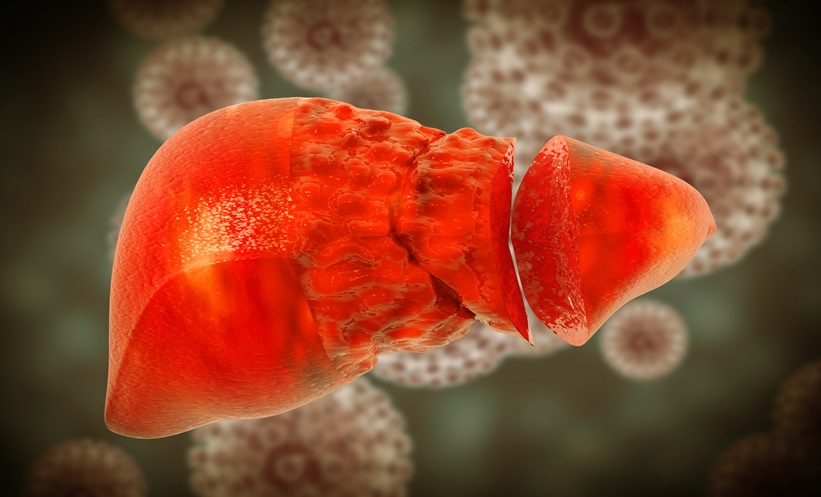Variceal screening with upper endoscopy is recommended in cirrhotic patients but unfortunately is costly, uncomfortable to patients, and has low uptake. Non-invasive assessment with transient elastography for liver stiffness measurement (LSM) and spleen stiffness measurement (SSM) is accurate in detecting varices. A new screening strategy for varices guided by LSM and SSM results (LSSM-guided) with transient elastography may prove as good as universal endoscopic screening in detecting clinically significant varices in patients with cirrhosis.
Our research group aimed to test the hypothesis that a new LSSM-guided screening strategy for varices was non-inferior to universal endoscopic screening in detecting clinically significant oesophageal and/or gastric varices in patients with liver cirrhosis in a pragmatic clinical trial.
This was a non-inferiority, open-label, randomised controlled trial. The detection rates of clinically significant oesophageal and/or gastric varices in patients with liver cirrhosis were compared between the LSSM-guided screening strategy and the conventional approach. Individuals were randomised in a 1:1 ratio to either a LSSM-guided or conventional arm. Patients randomised to the LSSM-guided arm first underwent a transient elastography examination; those with high LSM (≥12.5 kPa) or SSM (≥41.3 kPa) results then underwent an upper endoscopy examination to screen for varices. Patients randomised into the control arm directly underwent an upper endoscopy examination.
Between October 2013 and June 2016, 548 patients were randomised to the LSSM arm (n=274) and the conventional arm (n=274); these patients formed the intention-to-treat (ITT) population. Patients in both study arms were predominantly middle-aged men with viral hepatitis-related cirrhosis in 85% of cases. Around 30% of patients had splenomegaly. Among the 264 patients who attended transient elastography examinations, the LSM and SSM values were 14.0±9.6 kPa and 37.5±20.7 kPa, respectively. In the ITT analysis, 11 out of 274 participants in the LSSM arm (4.0%) and 16 out of 274 in the conventional arm (5.8%) were found to have clinically significant varices. The difference between the two groups was -1.8% (90% confidence interval: -4.9–1.2%, p<0.001). The number of patients with clinically significant varices detected was 5 out of 16 (31.3%) fewer in the LSSM arm.
In conclusion, the non-inferiority of the LSSM-guided screening strategy to the convention approach cannot be excluded by this randomised trial. This approach should be further evaluated in a cohort with a larger sample size with more clinically significant varices.








